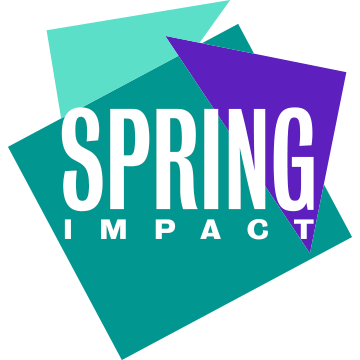Situation
- Problem: School-aged children have limited access to healthcare. While many programmes focus on early childhood (under-5), the health needs of older children go critically overlooked.
- Solution: Healthy Learners partners with the government to train teachers as community health workers, harnessing technology and linking schools with the healthcare system.
- Impact: Over 4,000 health workers trained in 598 Zambian schools, providing health services to 980,000 students and improving well-being.
- Annual operating budget: $9.8 million
Funding model at scale
Healthy Learners improves children’s health by training teachers to monitor students’ health and provide basic medical care. Additionally, teachers refer serious cases to government health facilities for further treatment.
Working closely with the Zambian Ministries of Health and Education, Healthy Learners integrates its model into government structures and systems, leveraging existing personnel.
By influencing partners, such as governments, to cover service delivery costs, Healthy Learners has developed a cost-effective strategy for scaling impact. Their success can be attributed to their commitment to embedding the model within government structures from the start. This strategy effectively reduces costs at scale and gives the solution the best chance of long-term sustainability.
Healthy Learners calculates that creating its programme outside of existing government structures would be five times as costly.

